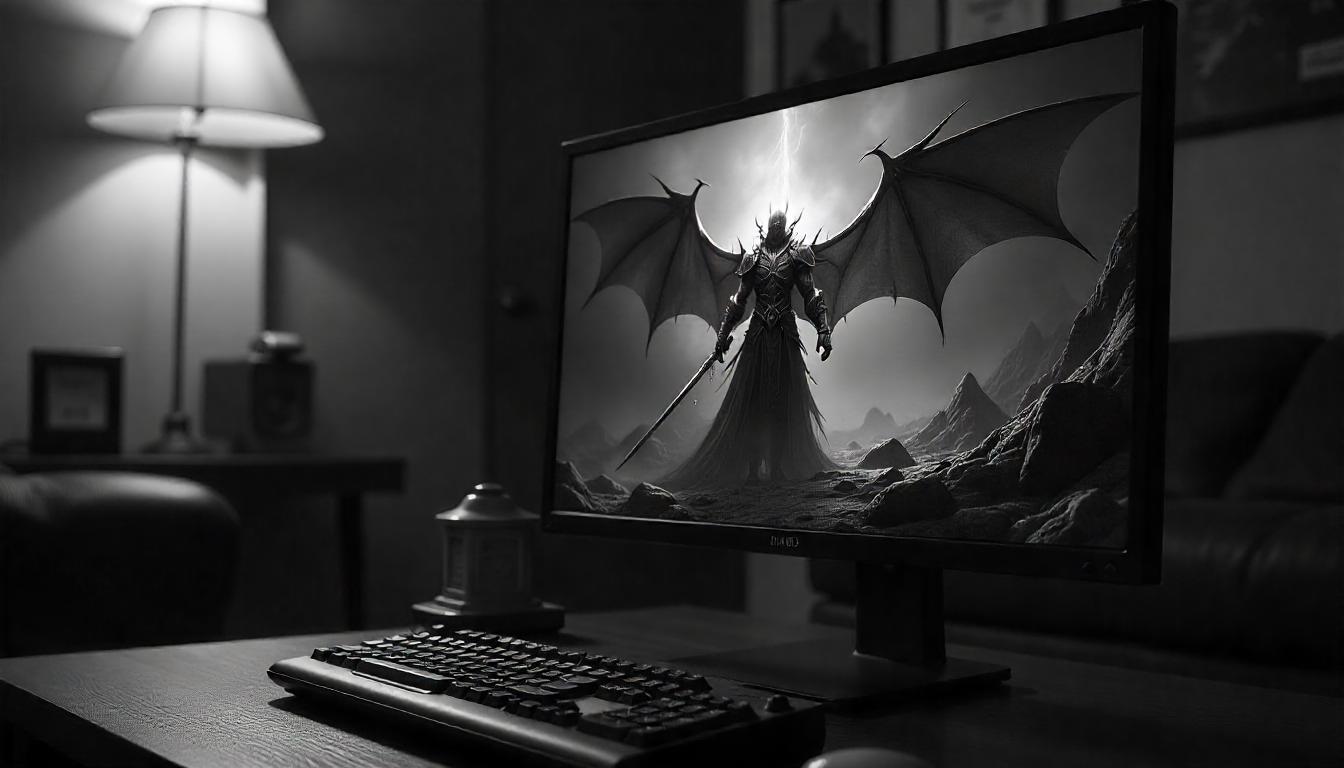Diablo 4 is an intense, visually stunning action RPG, but achieving high FPS while maintaining a smooth experience can be a challenge. Whether you’re facing frame drops in high-action fights or struggling with overall performance, this guide will help you optimize your PC for the best Diablo 4 experience. We’ll cover in-game settings, driver updates, overclocking, and network optimizations to maximize your FPS.
1. Optimize In-Game Settings
Adjusting Diablo 4’s settings is the easiest way to boost performance without needing hardware upgrades. Here’s what you should tweak:
Graphics Settings
- Resolution: Lowering resolution can drastically improve FPS, but keep it native if possible for clarity.
- Texture Quality: Set to Medium or Low if VRAM usage is too high.
- Shadows: Lowering to Low reduces GPU load significantly.
- Anti-Aliasing: Use FXAA for better performance over TAA.
- V-Sync: Disable unless experiencing screen tearing.
- DLSS/XeSS (if available): Enable for AI-powered FPS boosts.
- Ray Tracing: Turn Off for maximum FPS.
- Dynamic Resolution Scaling: Enable to maintain FPS stability.
Advanced Settings
- Max Foreground FPS: Set to 144 or Unlimited for high-refresh monitors.
- Max Background FPS: Set to 30-60 to save resources when tabbed out.
- Reduce Latency Mode: Enable if you have NVIDIA Reflex or AMD Anti-Lag.
- Sharpening & Ambient Occlusion: Turn down if CPU/GPU constrained.
2. Update GPU Drivers & Windows
Keeping your drivers updated ensures compatibility with the latest optimizations.
NVIDIA Users
- Open GeForce Experience → Check for updates.
- Use NVIDIA Control Panel → Manage 3D settings → Set “Power Management Mode” to Prefer Maximum Performance.
- Enable DLSS in supported hardware for AI-driven FPS gains.
AMD Users
- Open AMD Radeon Software → Update to the latest driver.
- In Graphics Settings, enable Radeon Anti-Lag and Radeon Boost.
Windows Optimization
- Update Windows via Settings > Update & Security.
- Disable Game Mode (can sometimes hinder performance).
- Turn off Background Apps in Windows Settings.
3. Overclocking for Extra FPS
If your hardware allows, overclocking can give a noticeable performance boost.
Overclock Your GPU
Use MSI Afterburner:
- Increase Core Clock by 50-100 MHz.
- Raise Memory Clock by 100-300 MHz.
- Test for stability using tools like 3DMark.
Overclock Your CPU
- Enable XMP in BIOS for faster RAM speeds.
- Use software like Intel XTU or Ryzen Master.
- Keep temperatures in check with adequate cooling.
4. Network Optimization for Low Latency
Diablo 4 relies on a stable connection, and reducing latency can improve responsiveness.
Router & Connection Tweaks
- Wired Connection: Always prefer Ethernet over Wi-Fi.
- QoS Settings: Prioritize gaming traffic on your router.
- Flush DNS: Open Command Prompt (Admin) and type:
ipconfig /flushdns - Disable Background Downloads: Close apps like Steam, Epic Games Launcher, and browsers.
VPN & Server Selection
- Use a gaming VPN if experiencing routing issues.
- Change servers manually in the Battle.net settings for better ping.
Final Thoughts
Boosting FPS in Diablo 4 requires a mix of optimized settings, up-to-date drivers, and system tweaks. By following this guide, you should see significant improvements in performance and gameplay fluidity. If your system still struggles, consider upgrading to a newer GPU or increasing RAM for long-term performance gains.
Now go forth, slay demons, and enjoy a buttery smooth Diablo 4 experience!






Leave a Reply